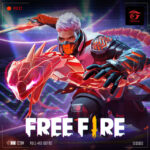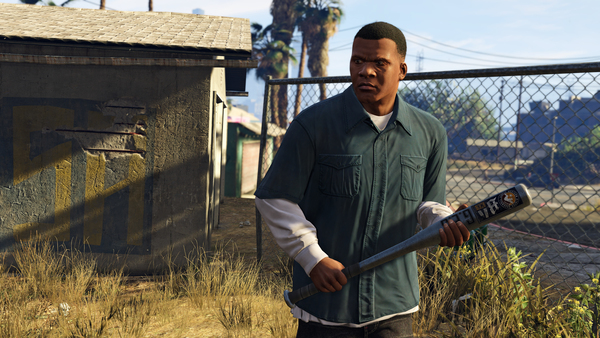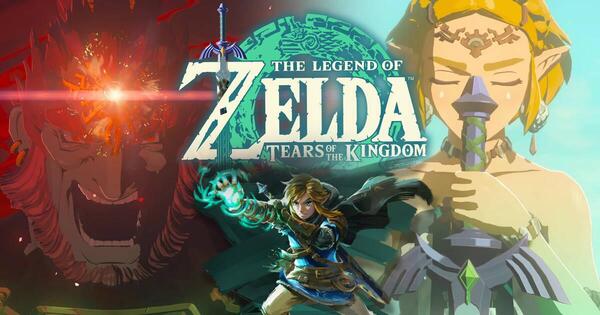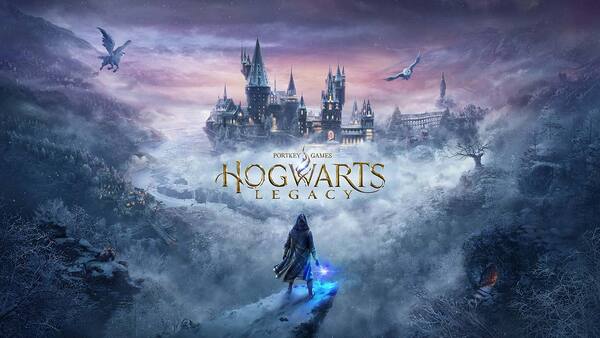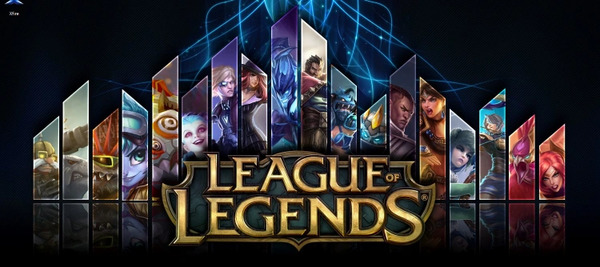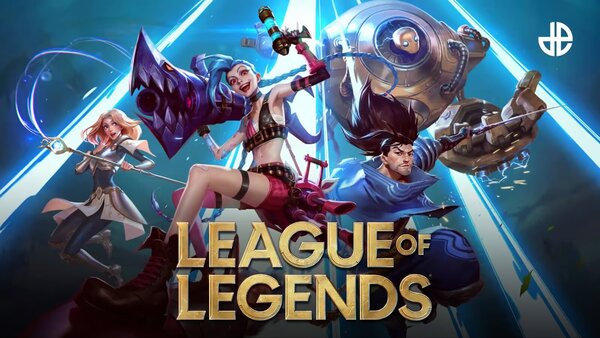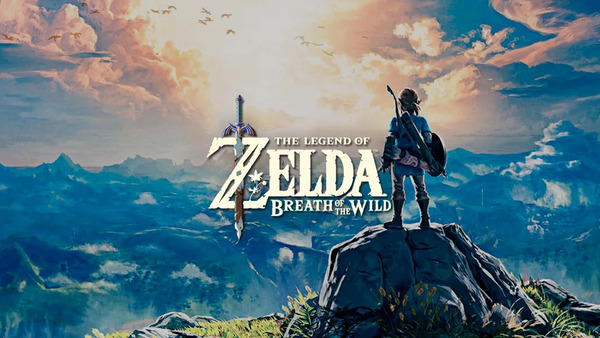Valorant, developed by Riot Games and released in 2020, quickly became a major player in the competitive shooter genre. Combining precise gunplay reminiscent of Counter-Strike with unique agent abilities inspired by hero shooters, Valorant carved out a distinctive niche in the esports ecosystem. The game’s blend of tactical depth, teamwork, and individual skill has attracted millions of players worldwide, from casual gamers to professional esports athletes. This article explores Valorant’s evolution, gameplay mechanics, competitive scene, pros and cons, and its future prospects in a comprehensive expert analysis.
The Birth of Valorant: Riot’s Entry into Tactical Shooters (2019-2020)
Valorant was officially announced by Riot Games in October 2019, generating immense anticipation due to Riot’s reputation from League of Legends. Positioned as a tactical first-person shooter with a strong emphasis on competitive integrity, Valorant entered a genre dominated by established titles like Counter-Strike: Global Offensive and Overwatch. Riot aimed to combine precision shooting with agent-based abilities, creating a unique hybrid gameplay experience.
Upon its release in June 2020, Valorant featured a roster of agents, each with distinct abilities that complement gunplay. The game’s minimalist, clean art style and optimized performance made it accessible on a wide range of hardware. Riot’s emphasis on anti-cheat technology and competitive matchmaking signaled their commitment to a fair and balanced experience. Valorant quickly amassed a dedicated player base, supported by a robust launch and frequent content updates.
Gameplay Mechanics: Balancing Gunplay and Abilities
Valorant’s gameplay centers on a 5v5 objective mode where one team attacks to plant a bomb-like device called the Spike, and the other defends. Rounds are won either by eliminating the enemy team or successfully completing the objective. The game’s pace is slower and more tactical than many hero shooters, focusing heavily on map control, communication, and positioning.
Agents’ abilities add layers of strategy beyond traditional gunfights. These include smokescreens, flashbangs, healing, and reconnaissance tools that can shift the tide of battle. However, unlike some shooters, Valorant ensures that gunplay remains the primary skill, with abilities designed to create opportunities rather than outright overpower players. This delicate balance is a key factor in Valorant’s appeal.
Key Gameplay Elements of Valorant
-
Precise, tactical gunplay emphasizing headshots and recoil control
-
Unique agent abilities that promote teamwork and strategic depth
-
Economy management affecting weapon and ability purchases each round
The Agent Roster: Diverse Characters and Strategic Roles
At launch, Valorant introduced a modest roster of agents, but this number has grown steadily with regular updates. Agents fall into roles such as Duelists, Controllers, Sentinels, and Initiators, each fulfilling specific team functions. Duelists typically lead aggressive plays, Controllers manipulate sightlines and space, Sentinels provide defensive utility, and Initiators disrupt enemy setups.
This class system encourages diverse team compositions and strategies, requiring players to coordinate and adapt. Riot frequently adds new agents with fresh abilities, expanding the tactical possibilities and maintaining player interest. The blend of personality, lore, and gameplay roles contributes to the game’s rich player engagement.
Map Design: Tactical Depth and Competitive Balance
Valorant launched with several well-designed maps emphasizing balanced chokepoints, multiple paths, and verticality. Maps like Bind, Haven, and Split offer distinct layouts, encouraging varied tactical approaches. Each map is designed to accommodate different agent abilities, promoting strategic diversity.
Map control is crucial, with sites offering defensive advantages and attackers needing to execute coordinated pushes. The balanced design minimizes random elements, rewarding skill and communication. Additionally, maps include teleporters, one-way doors, or multiple bomb sites to increase complexity and replayability.
Map Features to Note of Valorant
-
Multiple bomb sites allowing for varied attack strategies
-
Balanced sightlines and choke points for fair engagements
-
Interactive elements like teleporters and zip lines for mobility
Competitive Scene: Valorant’s Rapid Esports Growth
Riot Games prioritized establishing Valorant as a premier esports title. Soon after launch, the company introduced ranked competitive modes, followed by official tournaments and the Valorant Champions Tour (VCT). The VCT quickly gained traction, featuring regional competitions and culminating in global championships with significant prize pools.
Valorant’s esport success is attributed to its spectator-friendly design, with clear visuals and a balance between strategy and action that engages audiences. Professional teams from diverse regions compete at high skill levels, fostering a vibrant global community. Riot’s continuous investment in esports infrastructure promises to sustain Valorant’s competitive future.
Visuals and Sound Design: Clarity Meets Functionality
Valorant’s art style is deliberately clean and minimalist, avoiding excessive visual clutter to maintain competitive clarity. Unlike hyper-realistic shooters, Valorant uses bright colors and simple shapes to ensure players can quickly identify enemies, agents, and abilities in fast-paced situations.
Sound design is equally important; directional audio cues provide critical information about footsteps, abilities, and gunfire. Riot uses audio to enhance tactical awareness without overwhelming players. This balance between aesthetics and function supports skillful play and viewer engagement.
Monetization and Community Support of Valorant
Valorant employs a free-to-play model with cosmetic microtransactions, including skins, sprays, and player cards. These items do not affect gameplay, preserving competitive fairness. Riot releases regular battle passes and limited-time content, encouraging player engagement without pay-to-win concerns.
The community is active and vocal, with Riot fostering communication through forums, social media, and in-game reporting tools. Regular updates address balance issues and introduce new content, reflecting Riot’s commitment to maintaining a positive player experience and responsive development.
Monetization Highlights
-
Free-to-play with fair monetization focused on cosmetics
-
Regular battle passes with unique skins and rewards
-
No pay-to-win elements ensuring competitive integrity
Future Outlook: Valorant’s Place in the FPS Landscape
With Riot Games’ ongoing support and commitment to innovation, Valorant’s future looks promising. Upcoming content, new agents, map expansions, and enhanced esports infrastructure will continue to evolve the game. Valorant is well-positioned to compete with other top-tier shooters by maintaining a healthy competitive environment and expanding its player base globally.
As the tactical shooter genre grows, Valorant’s unique formula of gunplay combined with agent abilities ensures it remains a distinct and influential title in the years ahead.
Conclusion:
Valorant’s rapid rise reflects Riot Games’ ability to innovate within a crowded genre. Its careful balance of precise shooting mechanics and strategic agent abilities offers a fresh take on competitive shooters. Supported by a thriving esports ecosystem, frequent updates, and community engagement, Valorant has established itself as a mainstay in modern gaming.
For players seeking a challenging, team-oriented shooter with depth and variety, Valorant delivers an experience that is both rewarding and exhilarating. As it continues to grow, Valorant is set to remain a defining force in competitive gaming for years to come.


